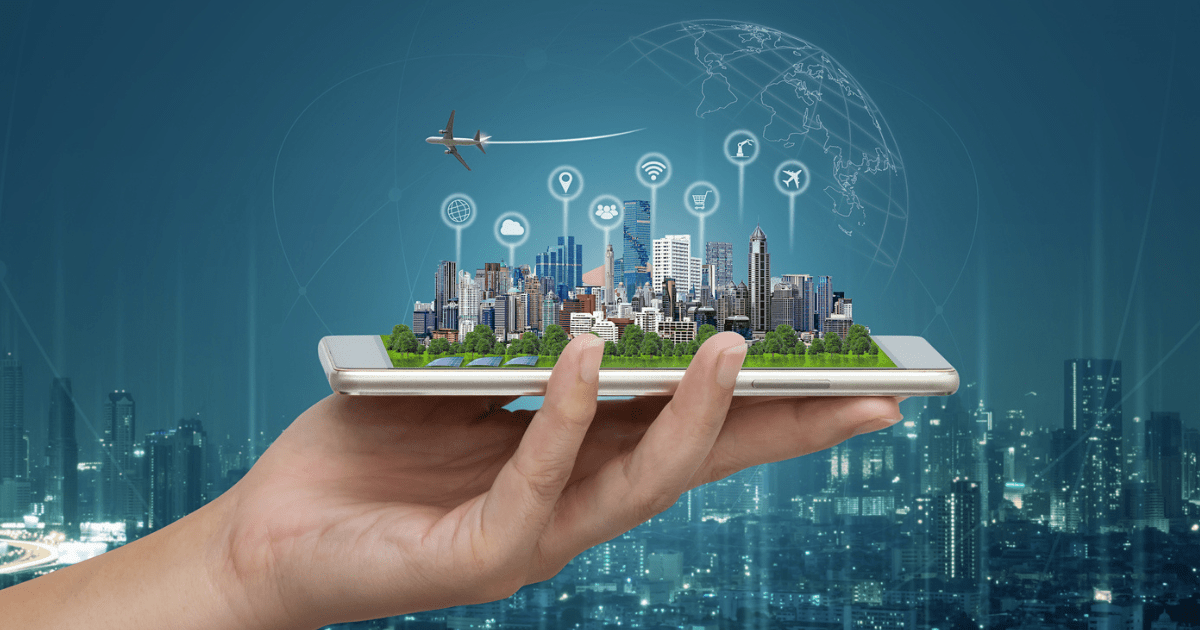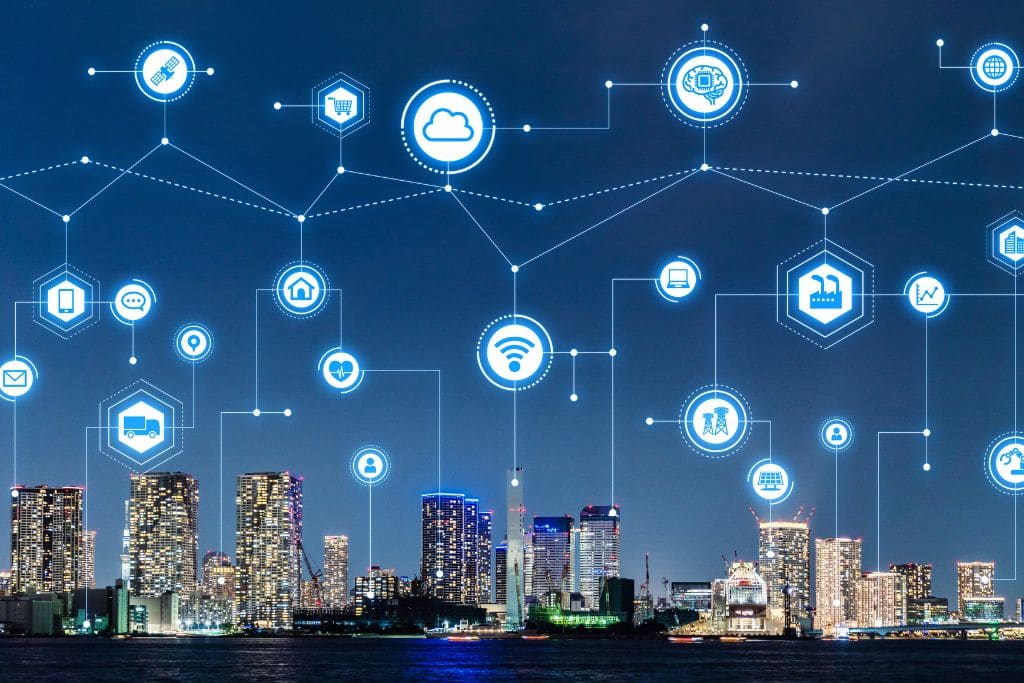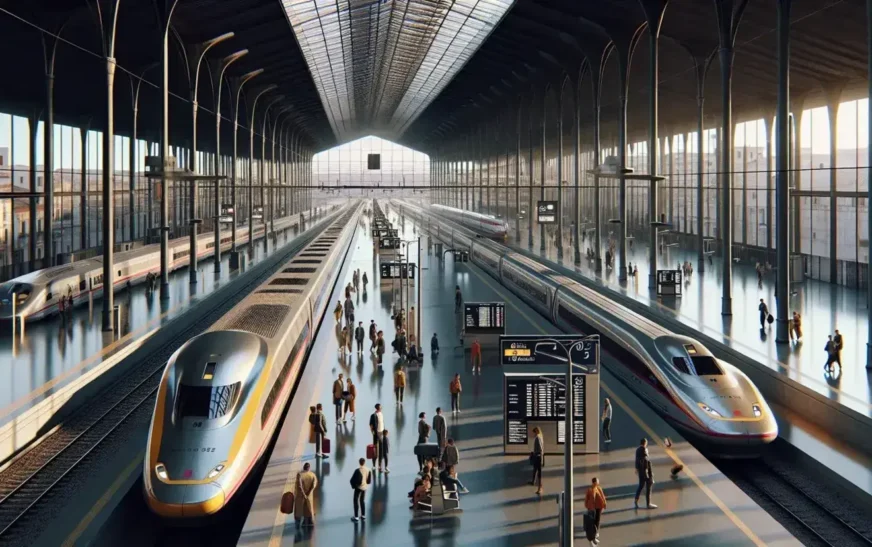Introduction to Smart Cities

As urban populations grow, cities are faced with increasing challenges. Traffic jams, pollution, and inefficient services can leave residents feeling frustrated. Enter the era of smart cities—where technology meets urban living in innovative ways. Imagine a world where sensors monitor traffic flow in real time or waste is collected only when bins are full. This isn’t just futuristic thinking; it’s happening now.
The transformation of our urban landscapes through tech is not merely about convenience but also sustainability and efficiency. With advancements in artificial intelligence, the Internet of Things (IoT), and data analytics, cities are evolving into more connected ecosystems that enhance the quality of life for their inhabitants. Exploring how tech is making our cities smarter reveals exciting possibilities for both today and tomorrow.
Benefits of Smart Cities
Smart cities bring a multitude of advantages to urban living. One key benefit is improved efficiency in resource management. By utilizing data-driven technologies, cities can optimize energy consumption and reduce waste.
Transportation also sees significant enhancements. Smart traffic systems help alleviate congestion by adjusting signal patterns based on real-time traffic flow. This means shorter commutes and less frustration for drivers.
Public safety gets a boost as well. Advanced surveillance and emergency response systems enable quicker reactions during crises, making communities safer overall.
Moreover, smart city initiatives often promote environmental sustainability. Green infrastructure like smart lighting and efficient waste disposal not only conserve resources but also enhance the quality of life for residents.
Citizen engagement plays an important role too. Technology fosters better communication between local governments and residents, allowing for more community involvement in decision-making processes.
Examples of Tech in Smart Cities

Smart cities are transforming urban living with innovative technology. One of the most significant examples is smart traffic management systems. These use real-time data to optimize traffic flow, reducing congestion and emissions.
Another exciting development is smart lighting. Streetlights equipped with sensors adjust brightness based on pedestrian activity, saving energy while enhancing safety.
Public transportation has also seen improvements through tech. Apps provide real-time updates on bus and train schedules, making commutes more efficient for residents.
Waste management is evolving too. Smart bins can monitor waste levels and signal when they need collection, ensuring cleaner streets without unnecessary pickups.
IoT devices in parks enhance recreational spaces by providing information about amenities or environmental conditions. This interconnected approach illustrates how tech enhances daily life in modern cities.
Challenges for Implementing Smart City Technology

Implementing smart city technology comes with its own set of hurdles. One major challenge is funding. Many cities struggle to allocate budgets for advanced tech solutions while balancing other essential services.
Integration is another tricky aspect. Different systems must communicate effectively, yet often they are built on incompatible platforms. This can lead to inefficiencies and increased costs.
Public resistance also plays a role. Citizens may feel overwhelmed by the rapid pace of change or skeptical about the benefits of new technologies.
Moreover, regulatory frameworks need updating. Existing laws may not support innovative practices that smart cities demand, creating legal barriers.
There’s a skills gap in the workforce. Cities require experts who understand both technology and urban planning—a combination that’s still relatively rare in today’s job market.
Privacy and Security Concerns
As cities embrace technology, privacy and security concerns emerge. The integration of smart devices often means collecting vast amounts of data from residents. This information can include everything from daily routines to personal preferences.
Sensitive data raises questions about who gets access and how it’s protected. Cybersecurity threats loom large as hackers target these connected systems. A breach could compromise not only individual privacy but also the functionality of essential services.
Moreover, surveillance technologies like facial recognition stir debate over civil liberties. Citizens may feel uneasy knowing their movements are tracked and analyzed.
Finding a balance between innovation and safeguarding personal data is crucial. Strong regulations and transparent policies will be necessary to build trust among residents while harnessing the benefits that tech brings to urban living.
Future of Smart Cities
The future of smart cities is brimming with potential. As technology continues to evolve, urban spaces will become more connected and efficient.
Imagine a city where everything communicates seamlessly—traffic lights, public transport, and even waste management systems. This level of integration can reduce congestion and enhance the quality of life for residents.
Sustainability will play a pivotal role in shaping these urban landscapes. Energy-efficient buildings powered by renewable sources are just the beginning. Smart grids will optimize energy usage based on real-time data.
Artificial intelligence will further revolutionize city operations. From predictive maintenance of infrastructure to personalized services based on citizen needs, AI has limitless possibilities.
As we look ahead, community engagement remains essential. Residents must be part of the design process to ensure that tech solutions truly benefit everyone living in these evolving metropolises.
Conclusion
The evolution of urban living is undeniably influenced by technological advancements. Cities are becoming smarter, more efficient, and increasingly responsive to the needs of their inhabitants. The integration of tech in urban spaces offers numerous benefits, from reduced energy consumption to improved public safety and enhanced transportation systems.
However, this transformation is not without its challenges. Implementing smart city technology requires significant investment and collaboration among various stakeholders. Addressing privacy and security concerns is critical as cities gather vast amounts of data on their residents.
As we look toward the future, it’s clear that the trend will continue towards making cities more interconnected through innovation. With ongoing developments in IoT (Internet of Things), AI (Artificial Intelligence), and sustainable practices, the potential for creating livable environments grows daily.
The journey toward smarter cities has just begun but holds great promise for improving our quality of life while addressing pressing global issues like climate change and resource management. Embracing these changes can lead us into a brighter urban future where technology harmonizes with everyday life.











